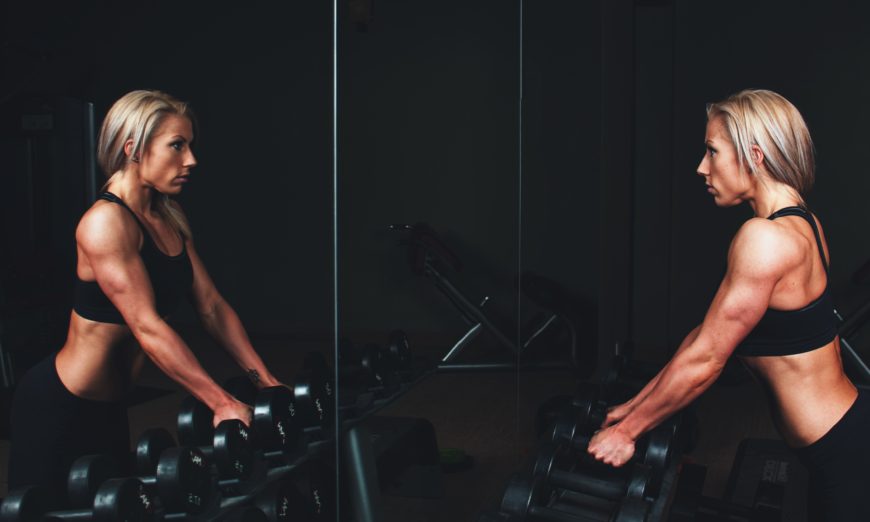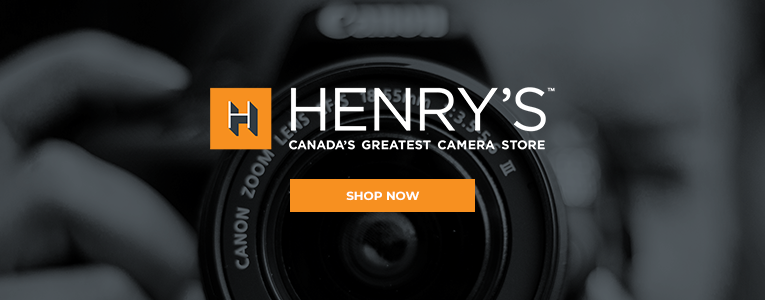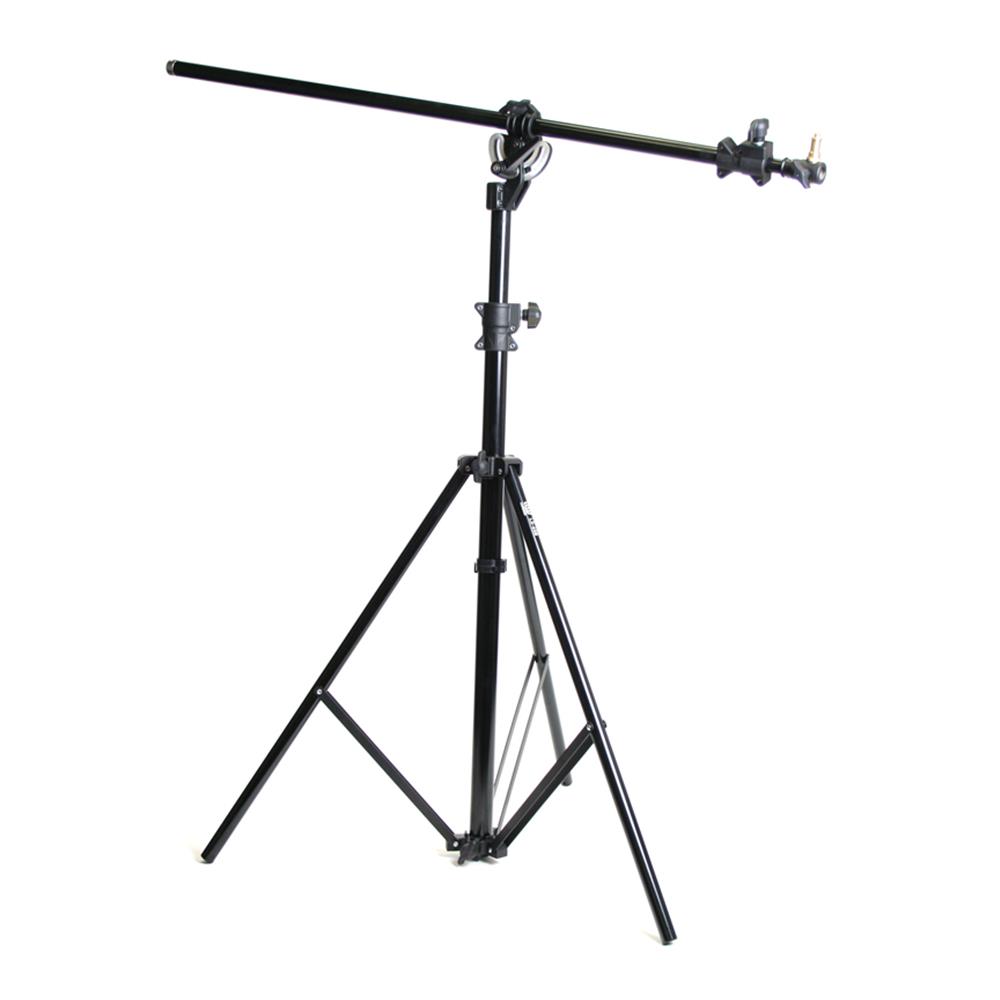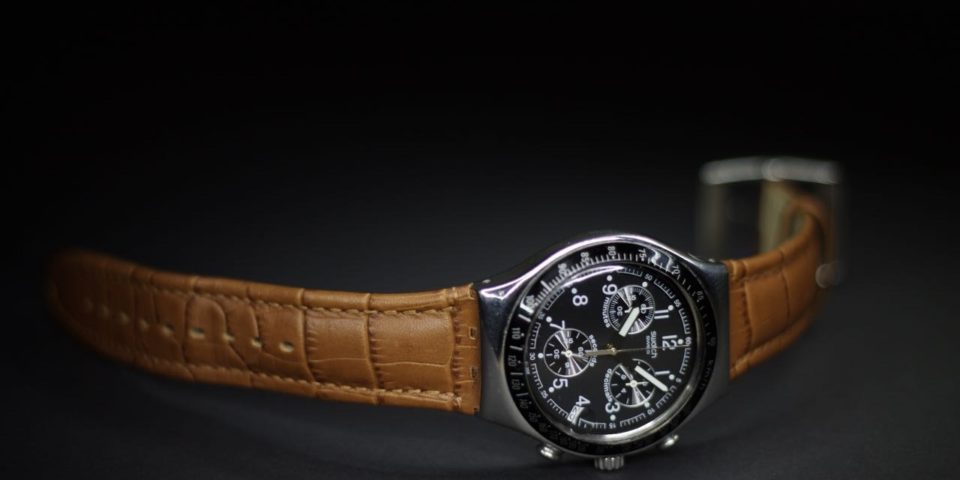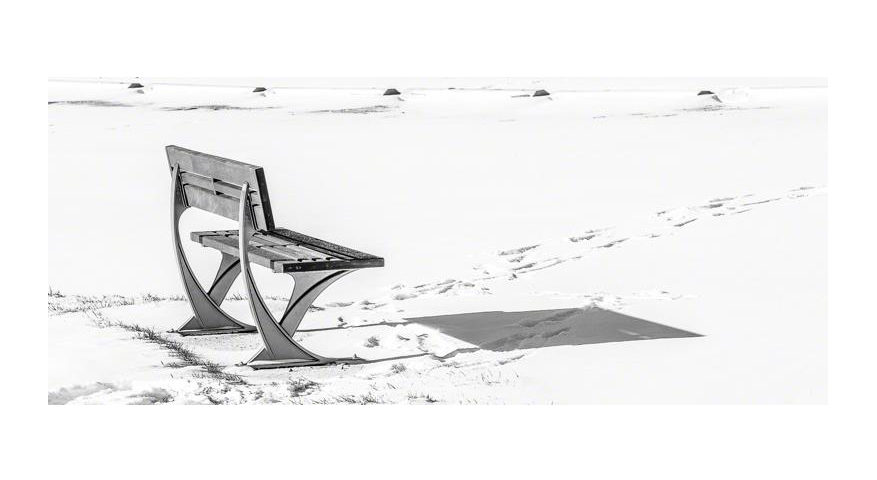Taking someone’s portrait is a difficult job. On one hand, you want to capture your subject at their best, but on the other, you don’t want them to look unnatural. Lighting can help, but for most people, hard lighting will create shadows in the wrong places and oversaturate their skin, making their teeth look yellow (unless they’ve had implant dentistry in Beverly Hills, in which case their teeth are going to look pearly white in all lighting conditions!). In this article, we are going to look at a key light shaper for anyone shooting portraits; the beauty dish.
What is a Beauty Dish?
Simplistically, a beauty dish is a bowl reflector on a flash or strobe head. The head fires through the base of the bowl and the light hits a reflector plate that drives the light back into the bowl. This provides the dichotomy of a very directed light, made soft by the size of the bowl.
How and Why Does It Work?
The beauty dish takes the strengths of both hard light shapers and soft light shapers and brings them together in what is going to be a very unique look.
The bowl of the dish may be a traditional bowl shape, it may be parabolic to provide a more focused beam or it may be subtly scalloped to provide a softer light with a slower edge fall-off.
A typical hard light shaper, often called a reflector, is nothing like the generic term reflector. It will be cup or bowl shaped depending on how much focus, how hard the edge of the light should be and the intensity of the light desired. A reflector of this type always produces a very direct light that can be used for creating strong contrast and when used in a cutting effect, to create dimensionality. In some strobes and all speedlights*, the flashtube is placed inside one of these hard reflector light shapers. We characterize this by the punchiness or harshness of the light.
When we think of a soft box, we are looking at a device where the light from the flashtube is deflected in some manner to cause it to spread out. We know that a larger source (the size of the soft box) has direct and immediate impact on the softness of the light, i.e. the larger the source, the softer the light. Even little clip-on soft boxes for your speedlite*, such as the Lastolite Joe McNally, can dramatically increase the softness of even a tiny speedlite head.
Distance to the subject also has impact. Regardless of whether the light shaper is hard or soft, the closer we move the light to the subject, the larger the source becomes relative to the subject, and so increases the overall softness and reduction of hard edges. To understand this, think of the shadows produced on a cloudless sunny day, where the sun is working from 93 million miles away, vs the shadows produced on an overcast day where the “source” is being made larger by the overcast skies. The atmosphere is much closer than the sun, so the light is softer.
The beauty dish bowl gives up the directional control, the harder edging and fast fall-off of a hard light shaper. The obstructing disk that reflects all the light from the flashtube back into the bowl is forcing the beauty dish to behave more like a soft box. No other light shaper provides this kind of amazing balancing act.
Using the Beauty Dish
If we are being honest, the most effective beauty dish is going to be the largest that you can effectively handle. There are “beauty dish” options for speedlights, such as the very inexpensive unit from Savage that includes a bracket to use with your speedlight*. In Figure 1, you can see the hard dish, with the deflector plate mounted on springs in front of the flashtube. You will also note that the dish is round. I have seen collapsible so called beauty dishes, that are really hexagonal soft boxes with a deflector plate thrown in. Close, but not a true beauty dish.

Figure 1: Savage 12 inch Beauty Dish for Speedlight about $90 on sale at time of writing.
Because we lose on average two stops of power in the beauty dish because of all the back and forth, photographers who will use a beauty dish a lot will prefer to use a higher powered studio strobe, to keep recycle times lower and to be able to get more depth of field as needed. A top-line speedlight* like a Canon 600EX II-RT has the same amount of output as a 250ws strobe, but when we need more raw power, we get more flexibility in the use of the dish with a higher powered studio strobe. In Figure 2, instead of a 12 inch diameter beauty dish is a 20.5 inch diameter beauty dish from Bowens. While Bowens is gone, their light shapers are still found and you will often find them on sale. The Bowens S mount is a very common mount for strobes, used by many makers including the low cost of entry Godox systems. If you can get genuine Bowens light shapers and your strobe uses or can adapt to the Bowens S mount, you cannot lose with Bowens light shapers because of their high quality. This Bowens beauty dish is finished in white so that the light is more suited to skin. As the light emerges from the beauty dish, it is creamier than from a silver bowl. If you need the punch, Beauty dishes are available with a silver interior.
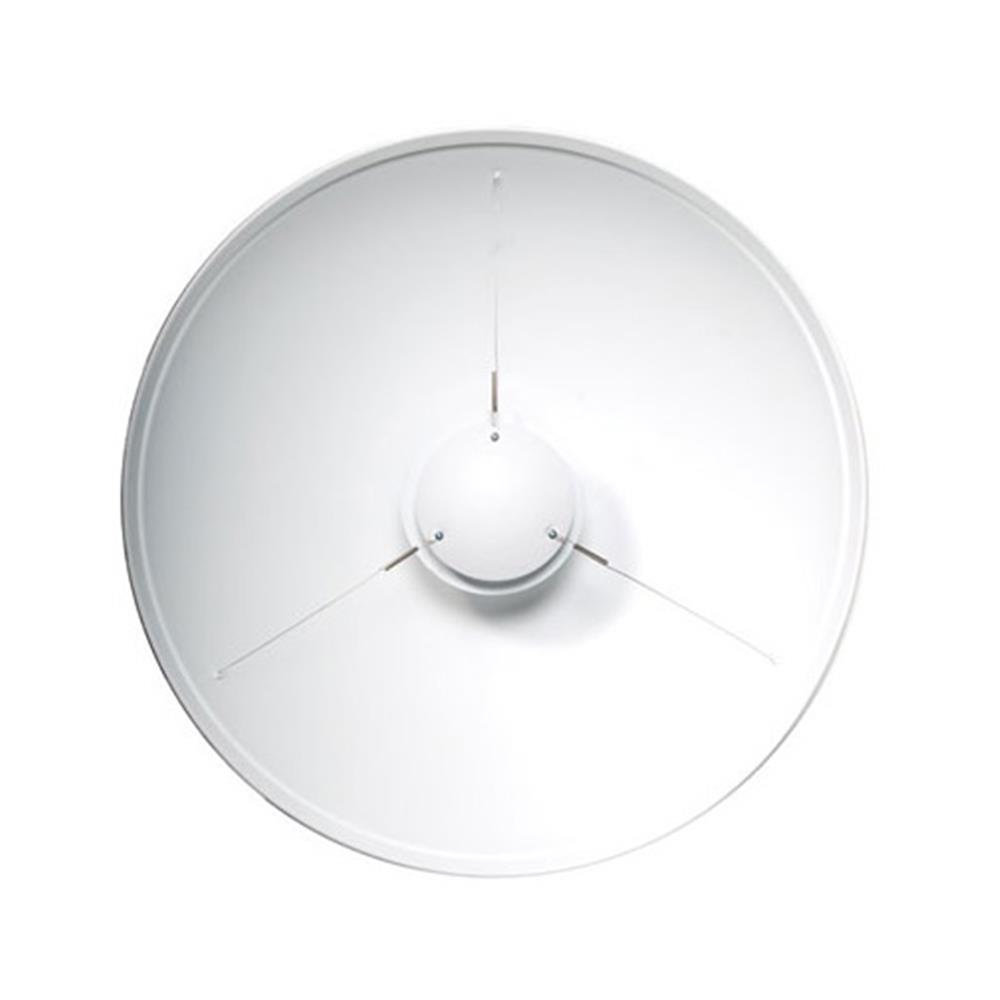
Figure 2: Bowens 20.5 inch Beauty Dish about $120 on sale.
Mount your light and dish combination on a light stand. I prefer stands with a solid boom arm so I can get the light up and in front of the subject without the stand being in the way. If you are going to be using the stand heavily, but still need transportability, I prefer the Manfrotto 420B kit. If you don’t need to spend for Manfrotto’s brand and renowned reliability, the Cameron LS-65B boom stand is a great option. These kits will typically come with a sandbag that you fill with sand and hang on the other end of the boom for stability. Never put a light on a stand without a sandbag.
Now place the light above and in front of your subject and use test shots or your strobe’s modelling light to get the light falling the way that you want it to. Beauty dishes are most often used on an angle, rather than off to the side due to the harder edge and fast fall-off. If you think of those Hollywood glamour shots from the ʼ40s and ʼ50s where all the talent had crisp jawlines, and apparently carved from marble cheekbones, that’s one of the beauty dish looks. This image of ʼ40s film star Veronica Lake, now in the public domain, but originally from the MGM Promo Library, shows the look with a clear jawline and cut cheekbones. Look around at portraits and you will see this look often used to slim and bring definition to facial structures.
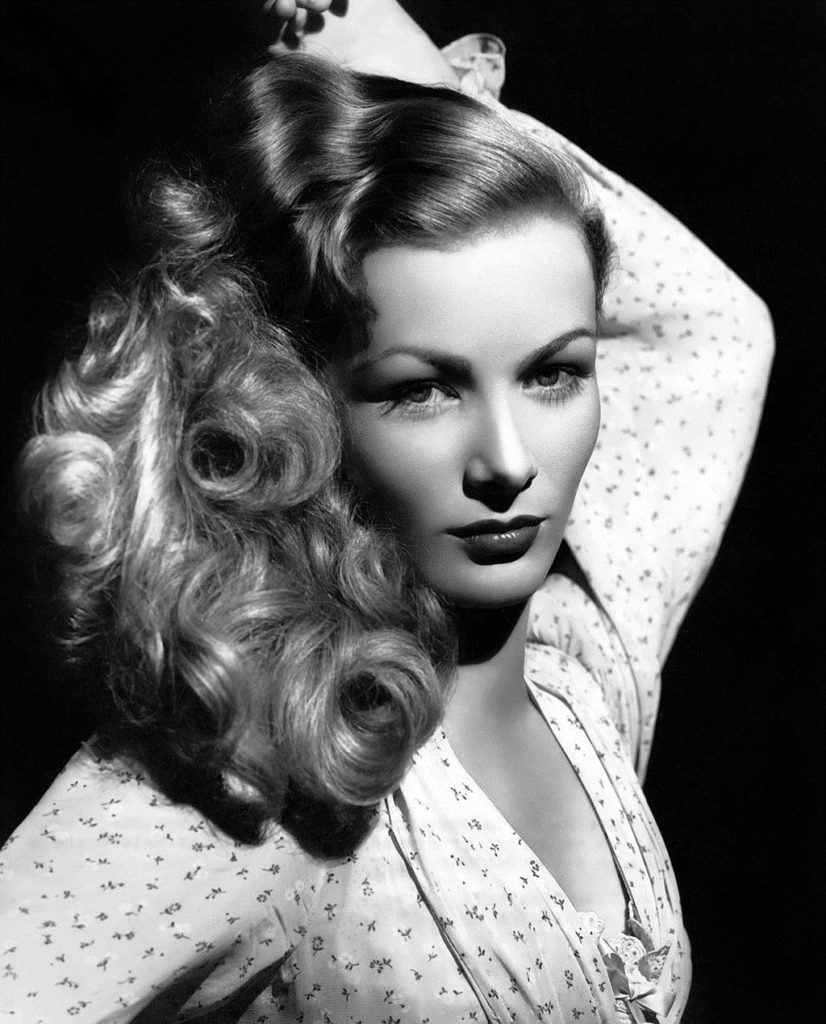
As in all lighting exercises, lighting is really a game of inches, so take your time to try different positions. A move of a couple of inches will literally change the entire look of an image.
Beauty Dish Accessories
There are two prominent accessories for a beauty dish. The most common is a grid, which clips inside or over the front of a dish. Grids come in different opening angles so you can more aggressively control the spread of the light exiting the dish. A grid reduces spill, and increases contrast. I think having a grid for your beauty dish is a great idea, but use it carefully, a little goes a long way.
A sock is the opposite. It is a typically elasticized white scrim that fits over the front of a beauty dish like a shower cap. A sock will typically cost you one more stop of light and is used to soften the punch of the beauty dish, making the dish more like a round soft box. Your own use cases will determine your need for a sock.
* Different brands of beauty dishes are named “speedlight” or “speedlite” to indicate the beauty dish is intended to be used with your camera flash, on- or off-camera.
Summary
A beauty dish is a very specific light shaper, yet every major maker of studio lighting has their own. There is a Canadian company that only makes beauty dishes by the name of Mola. I use two of their dishes in my studio. If portraits are your thing, a beauty dish is a strong tool.
Have you tried a beauty dish? What did you use and how did it work? Share your experiences in the Comments section, as well as questions on this or any other subject.
Until next time, peace.
